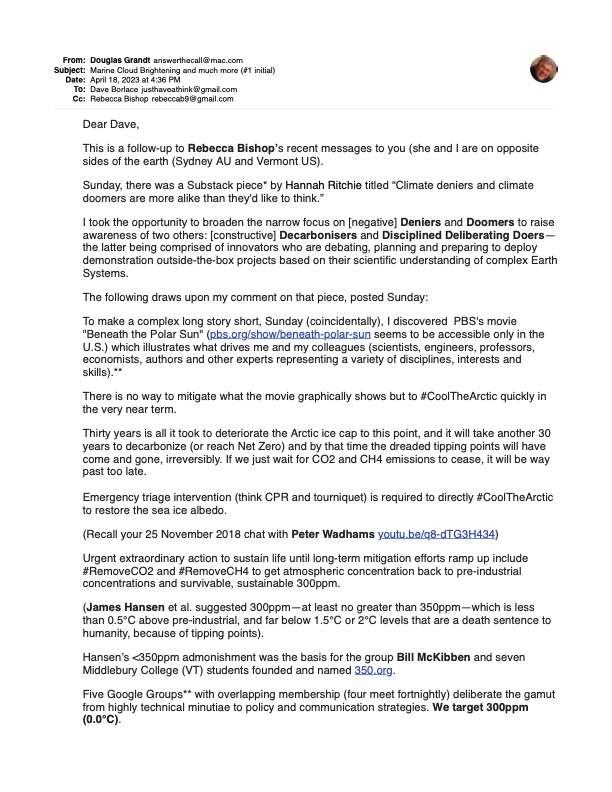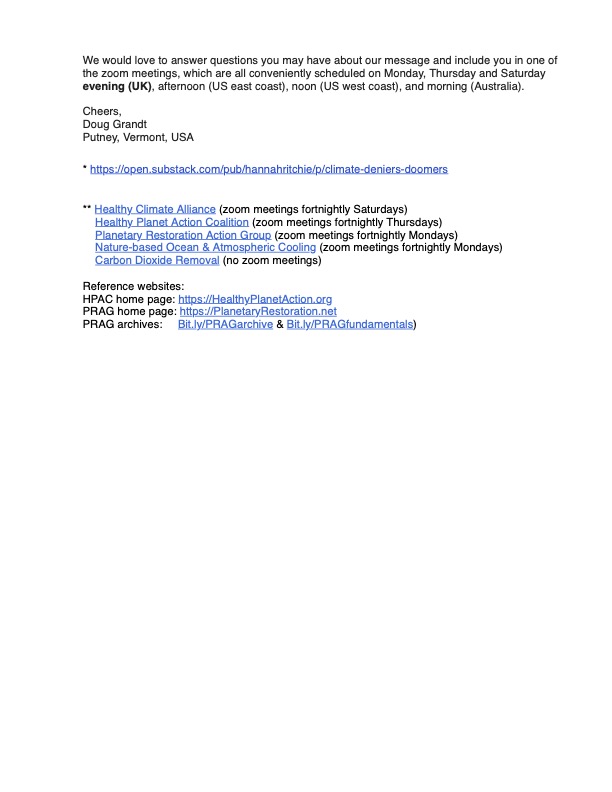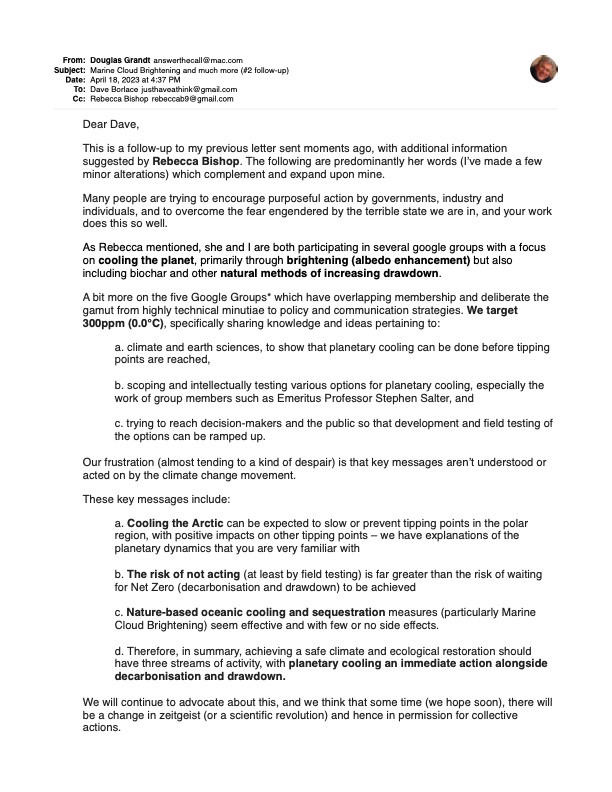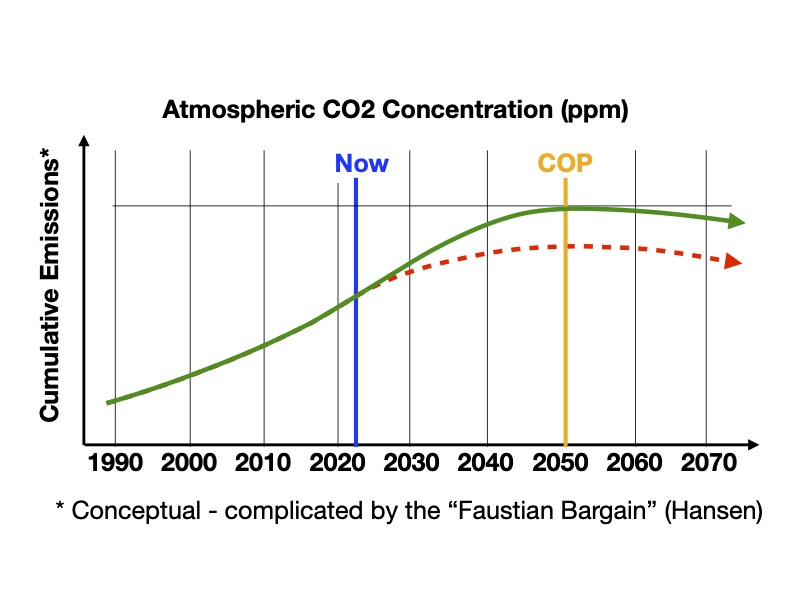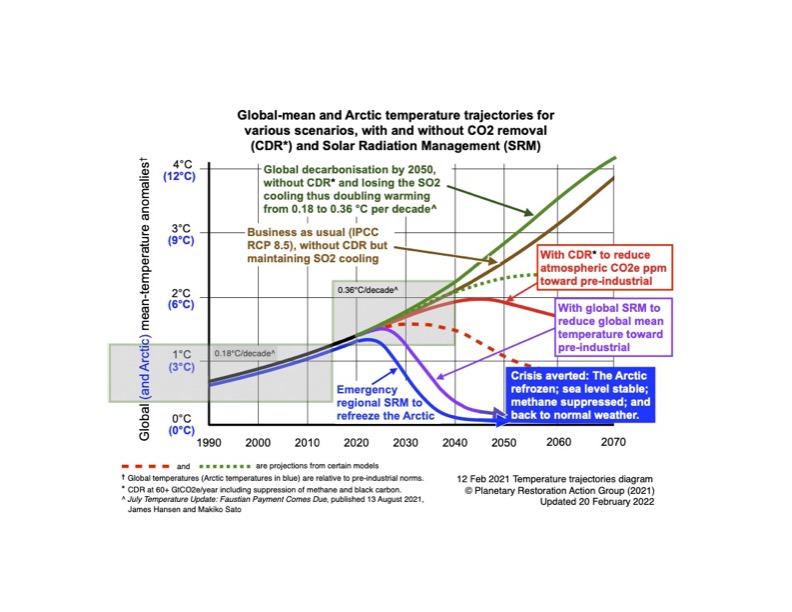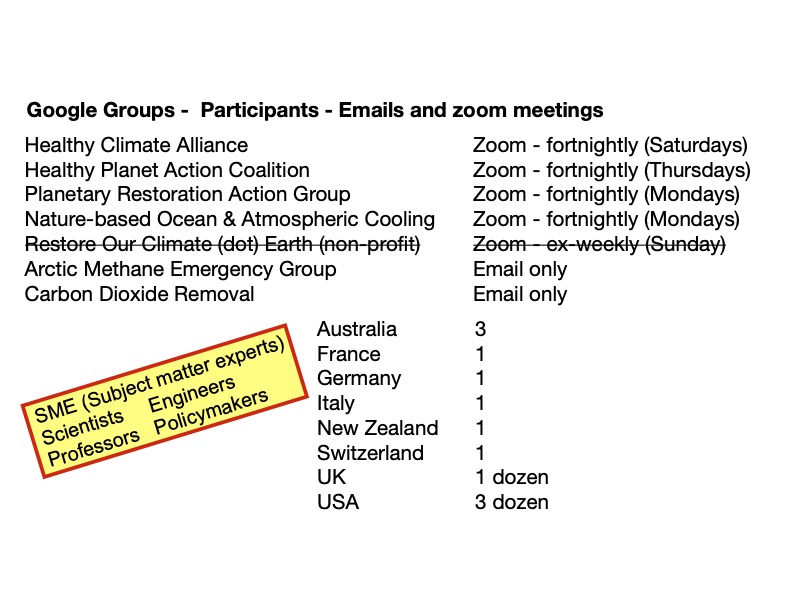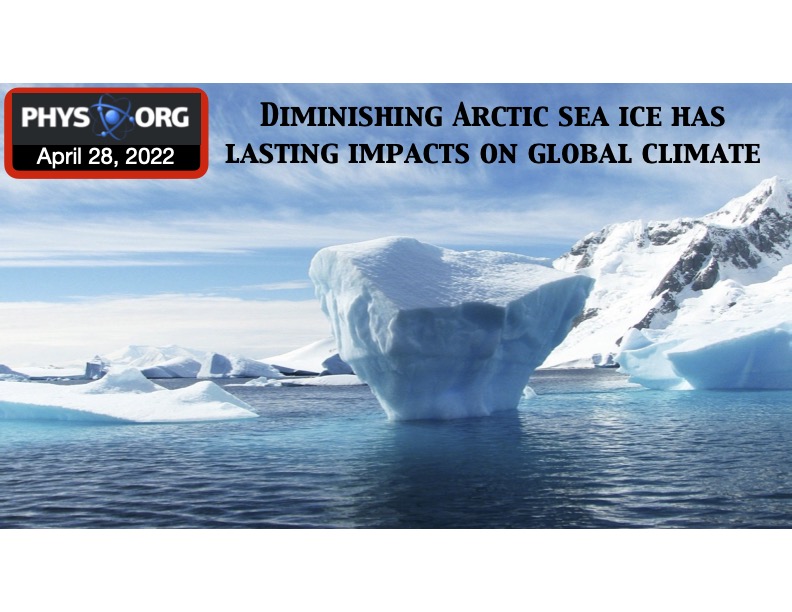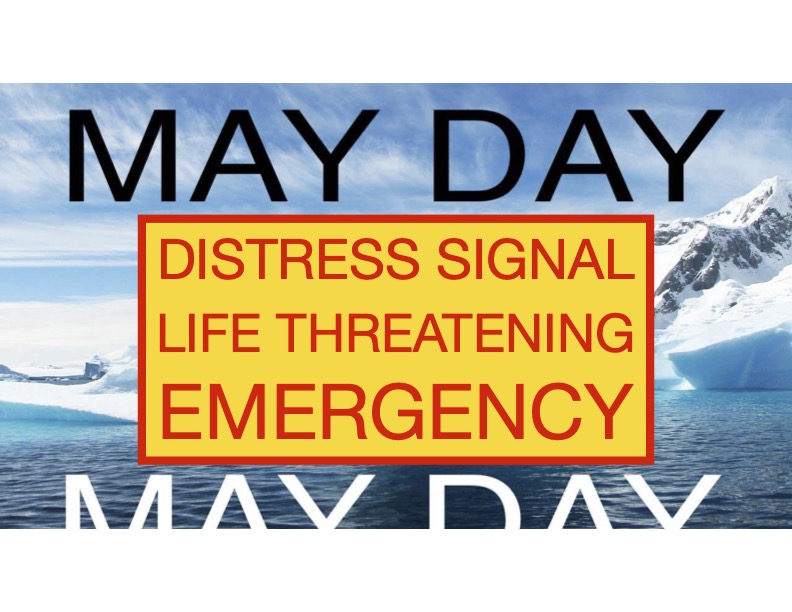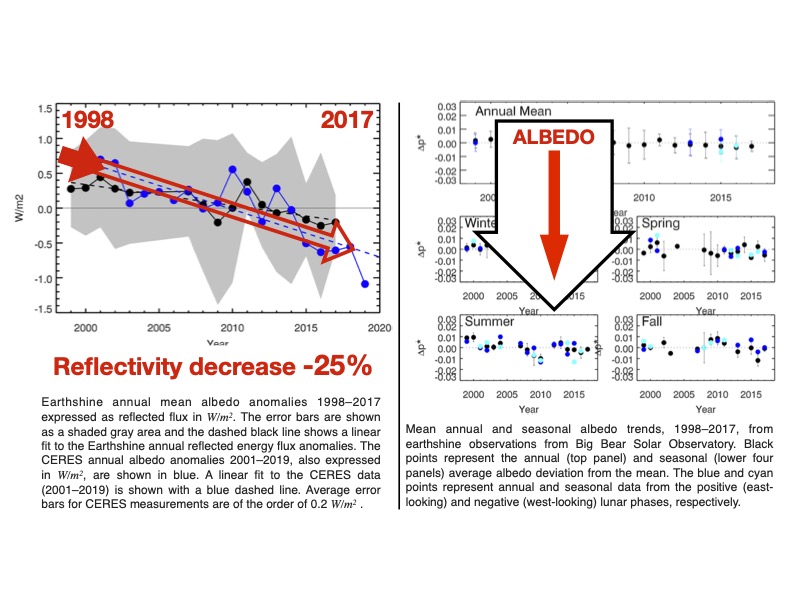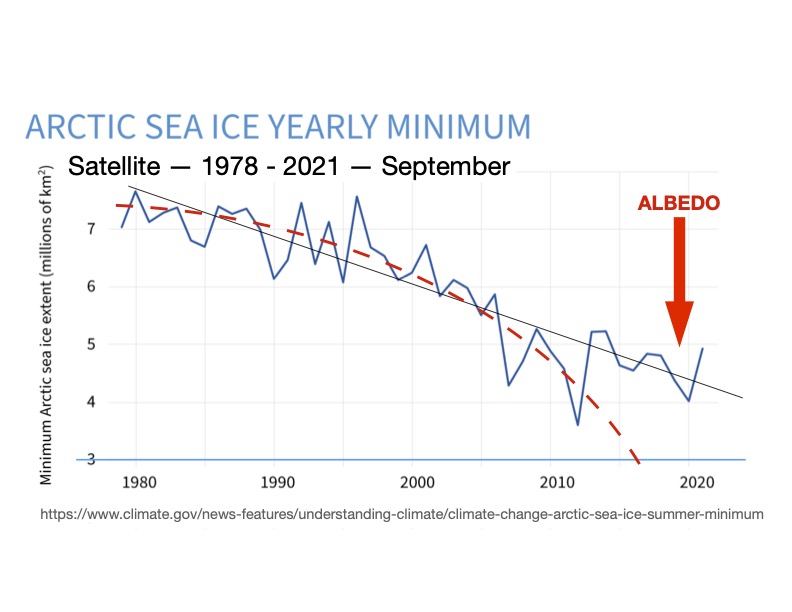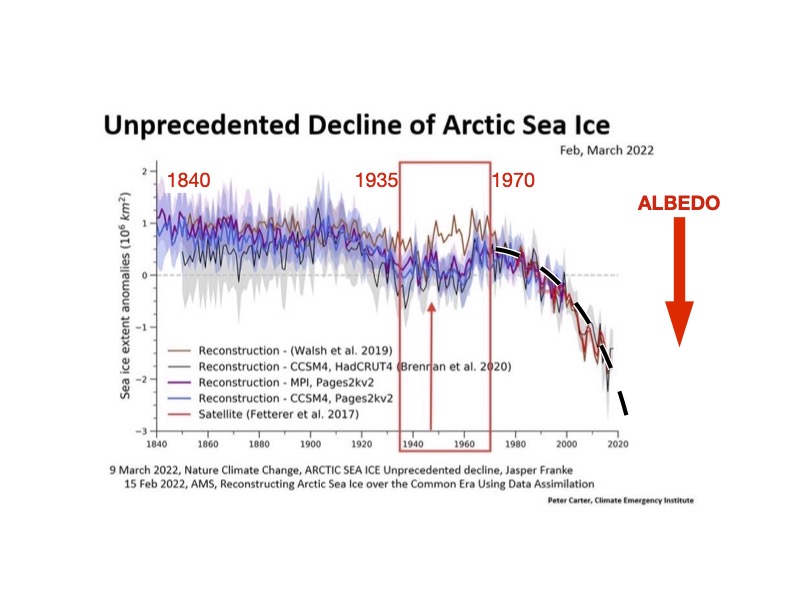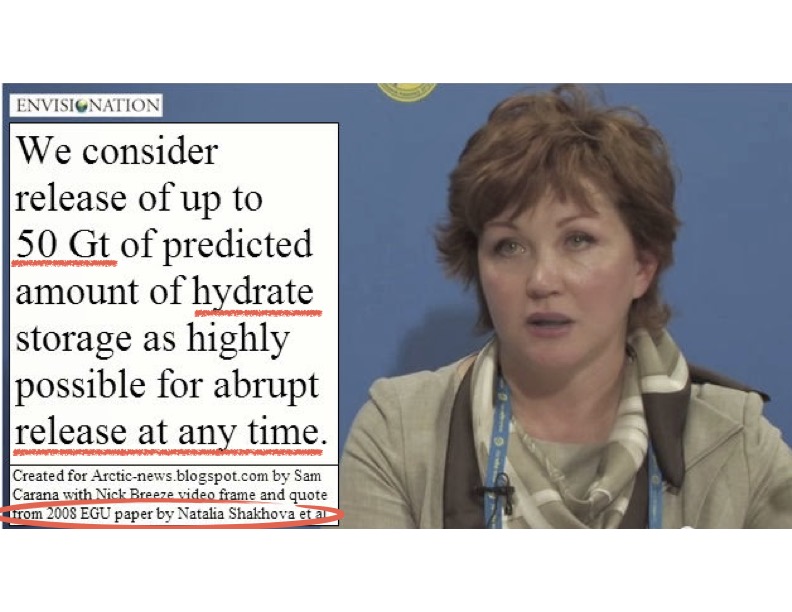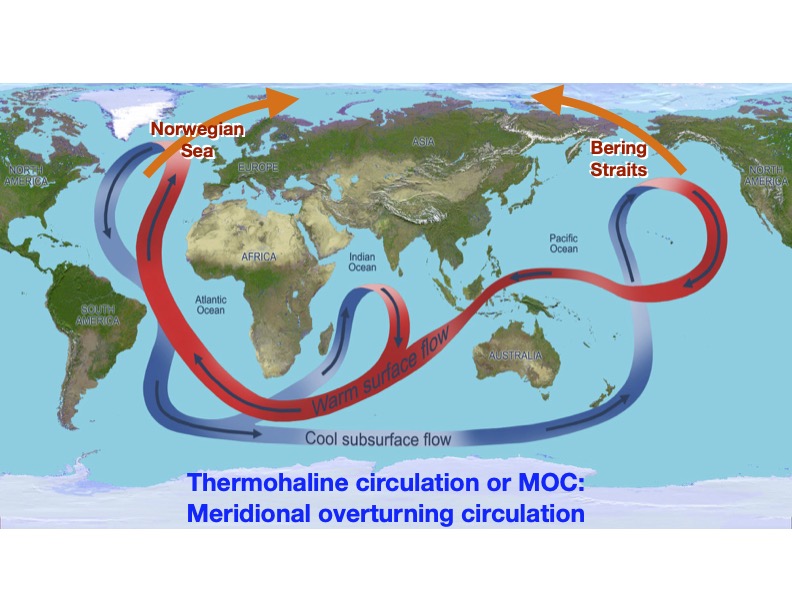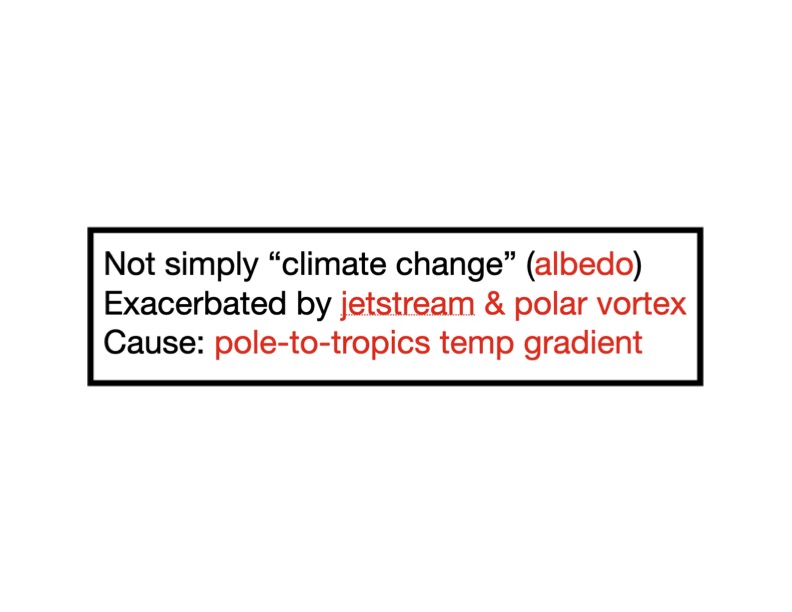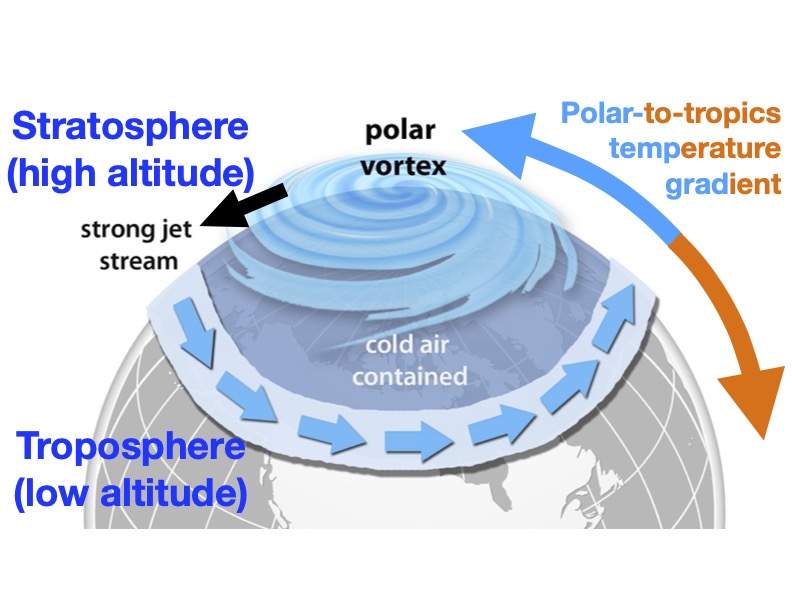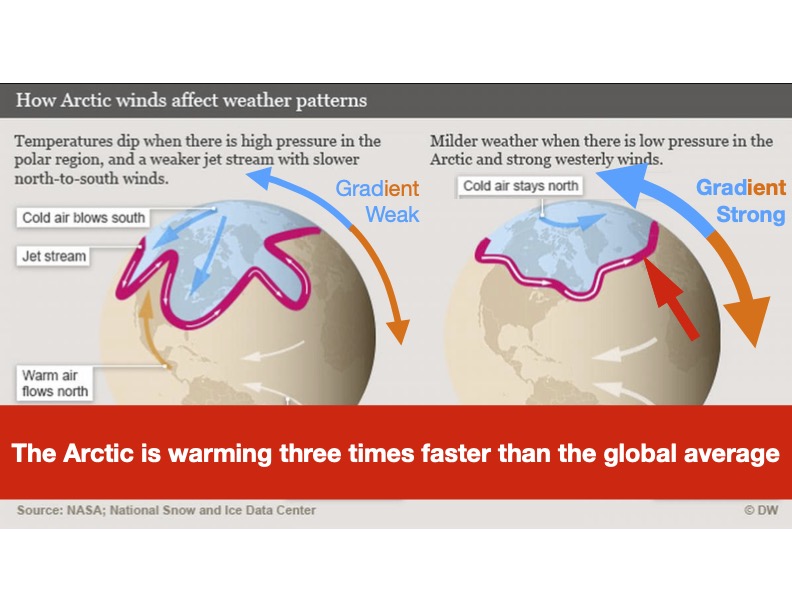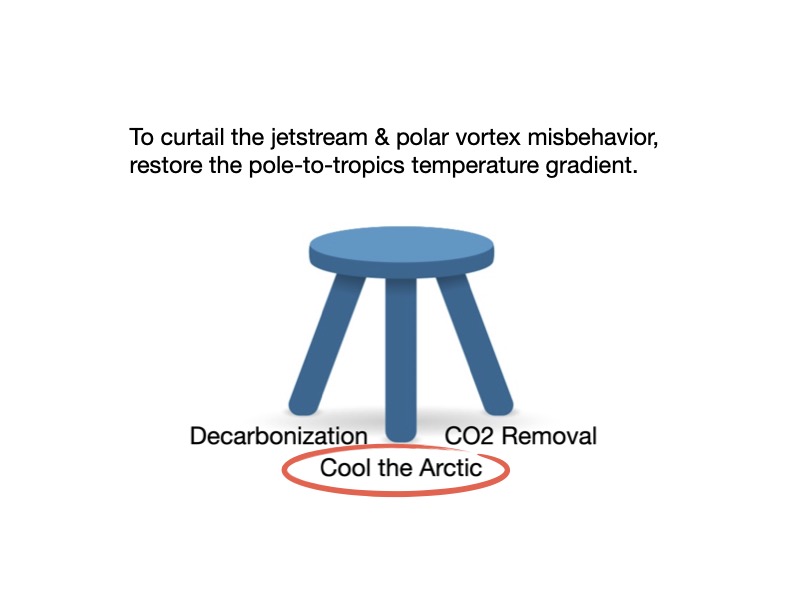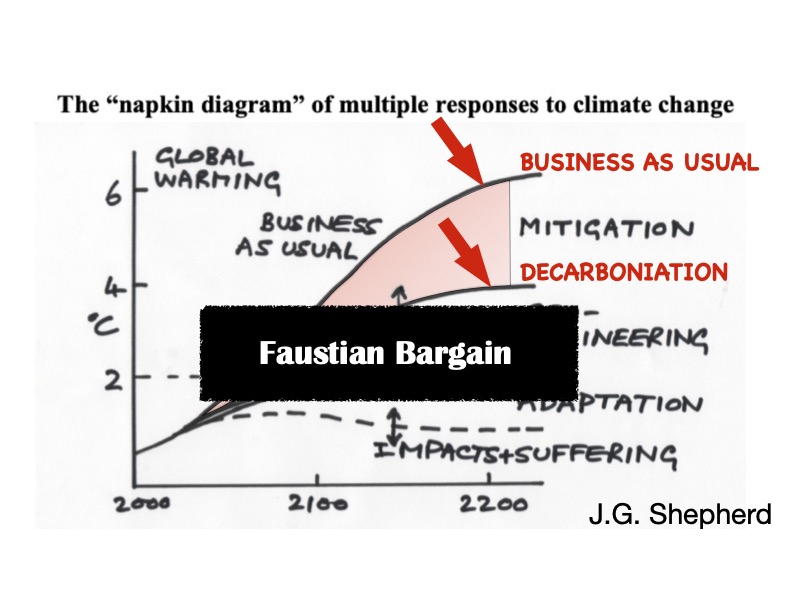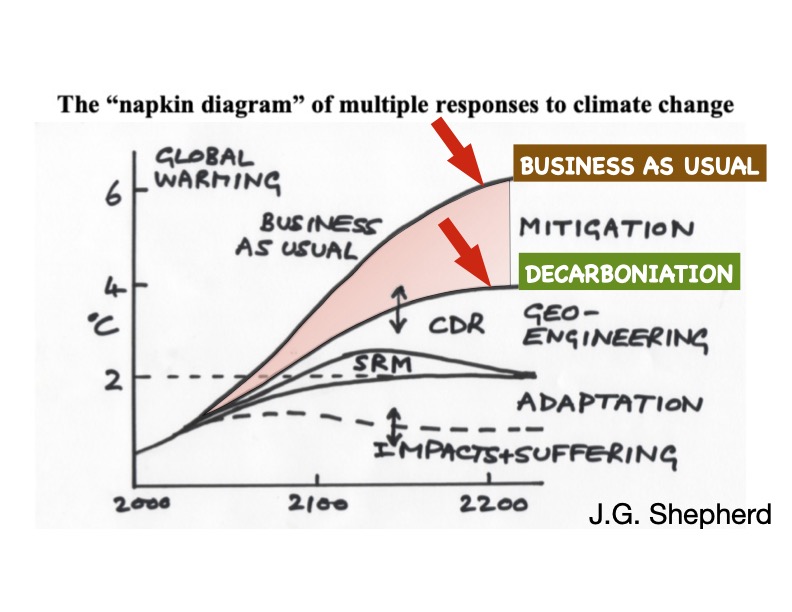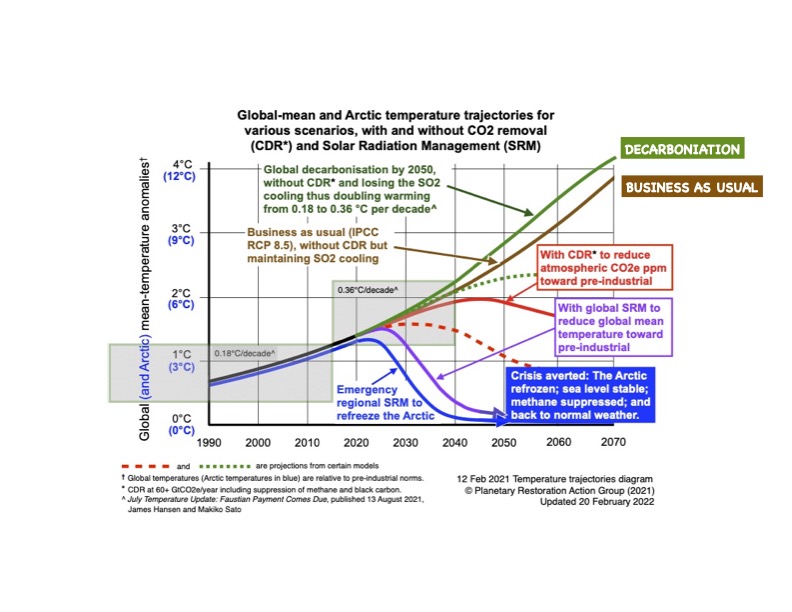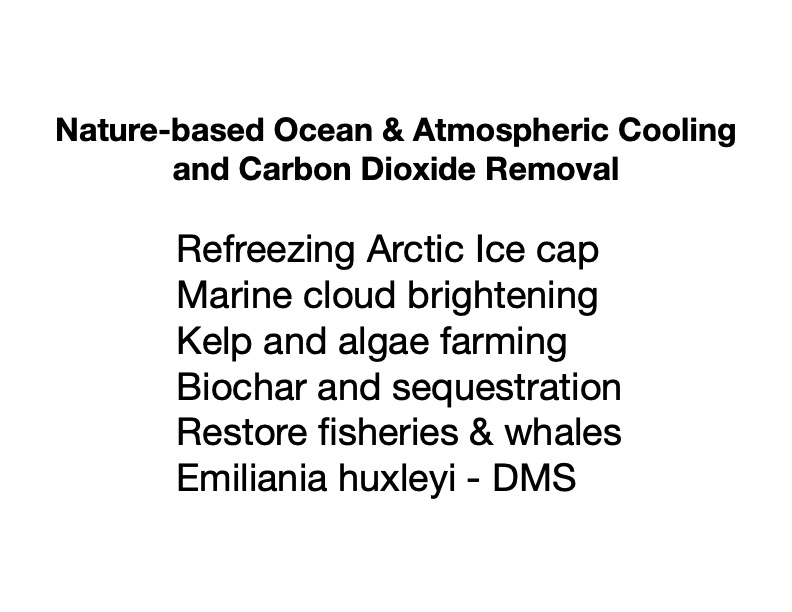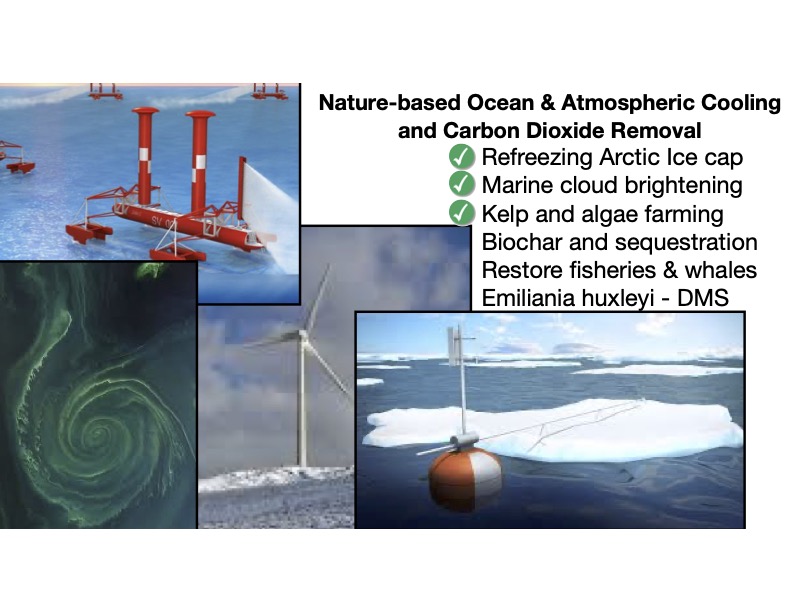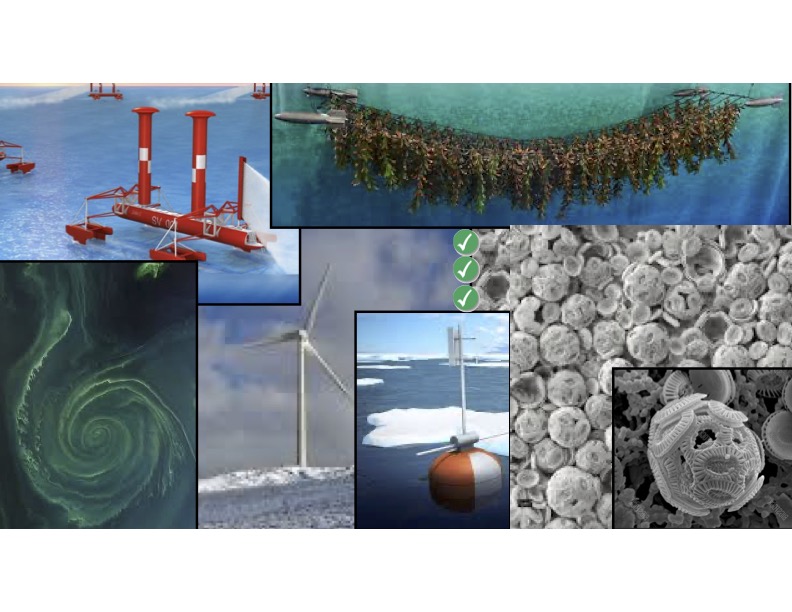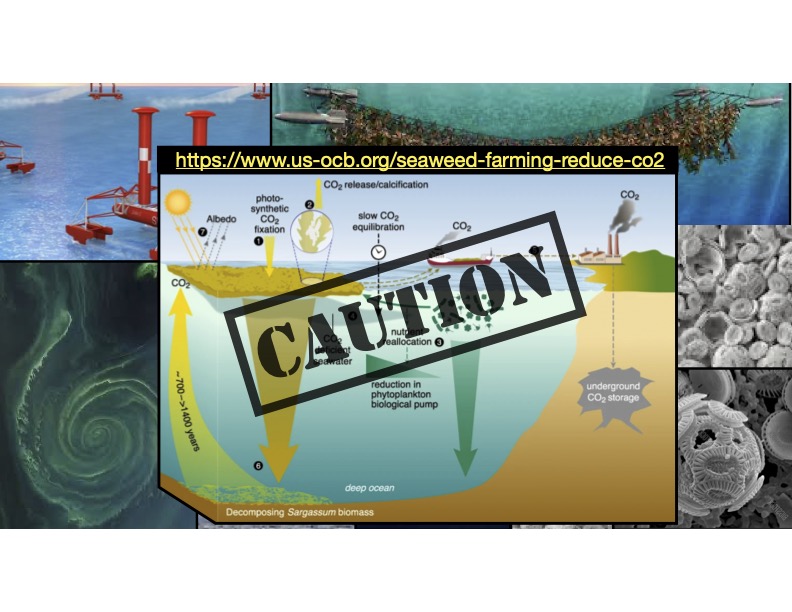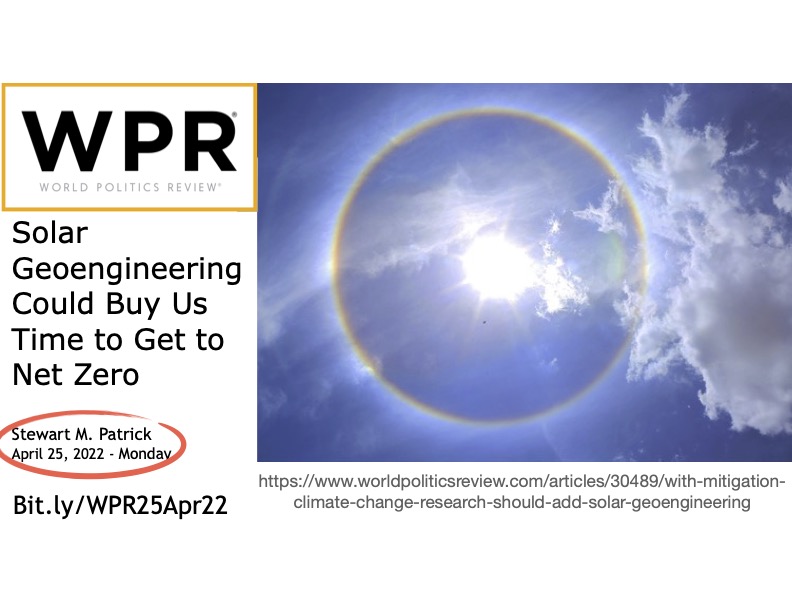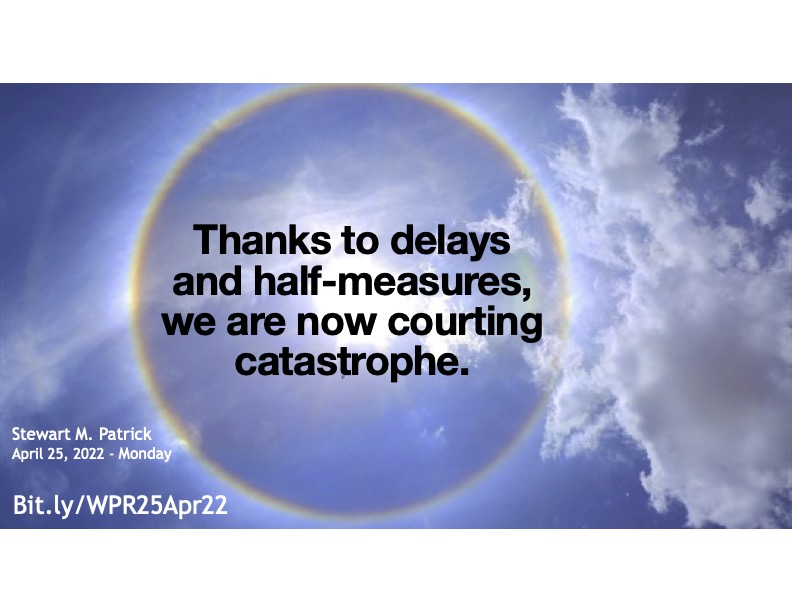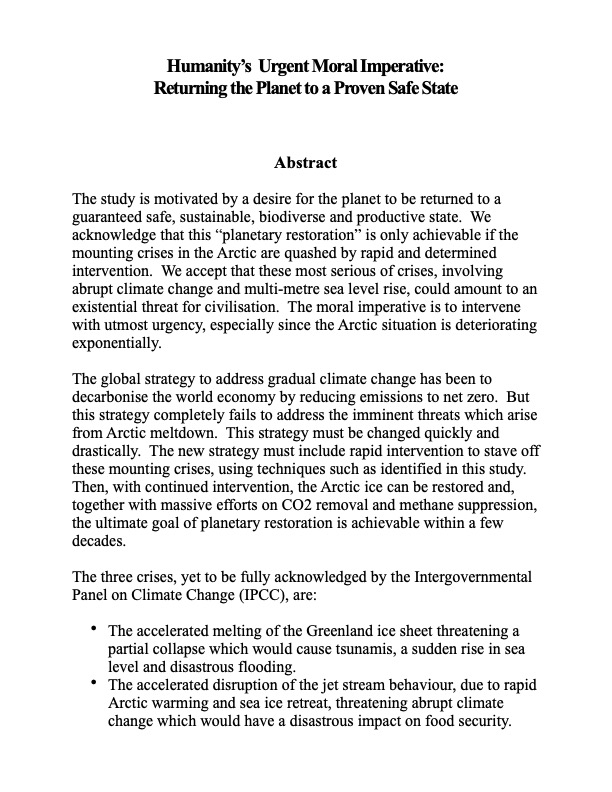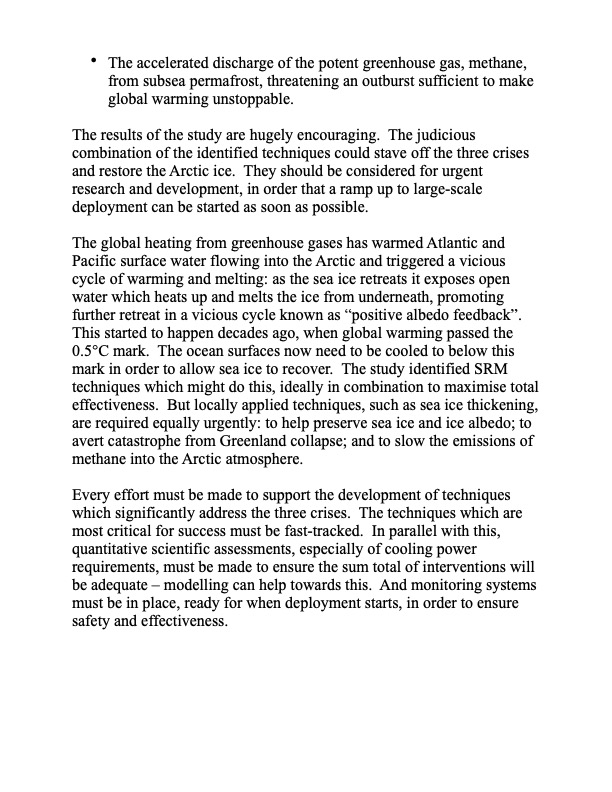-
Recent Posts
- Scientists and Engineers (PhDs) deliberate Climate Overshoot in a public Google Group email thread (Part 1)
- Letter to Dave Borlace (Just Have a Think)
- 45’s Salacious Secret Sex Suppression Scandal
- NEW IMPROVED! Temperature Trends and Targets
- Don’t Rule out Enhanced Oil Recovery in Carbon Dioxide Policymaking
Recent Comments
Archives
- September 2023
- April 2023
- March 2023
- February 2023
- October 2022
- November 2021
- October 2021
- September 2021
- May 2021
- April 2021
- March 2021
- February 2021
- March 2020
- February 2020
- December 2019
- November 2019
- October 2019
- September 2019
- August 2019
- July 2019
- June 2019
- May 2019
- April 2019
- March 2019
- February 2019
- January 2019
- December 2018
- November 2018
- October 2018
- September 2018
- August 2018
- July 2018
- June 2018
- May 2018
- April 2018
- March 2018
- February 2018
- January 2018
- December 2017
- November 2017
- October 2017
- September 2017
- August 2017
- July 2017
- June 2017
- May 2017
- April 2017
- March 2017
- February 2017
- January 2017
- December 2016
- November 2016
- October 2016
- September 2016
- August 2016
- July 2016
- June 2016
- May 2016
- April 2016
- March 2016
- February 2016
- January 2016
- December 2015
- November 2015
- October 2015
- September 2015
- August 2015
- July 2015
- June 2015
- May 2015
- April 2015
- March 2015
- February 2015
- January 2015
- December 2014
- November 2014
- October 2014
- September 2014
- August 2014
- July 2014
- June 2014
- May 2014
- April 2014
- March 2014
- February 2014
- January 2014
- December 2013
- November 2013
- October 2013
- September 2013
- August 2013
- July 2013
- June 2013
- May 2013
- April 2013
- March 2013
- February 2013
- January 2013
- December 2012
- November 2012
- October 2012
- September 2012
- August 2012
Categories
Meta
Scientists and Engineers (PhDs) deliberate Climate Overshoot in a public Google Group email thread (Part 1)
Posted in Uncategorized
Leave a comment
Letter to Dave Borlace (Just Have a Think)
Download the PDFs
Posted in Uncategorized
Leave a comment
45’s Salacious Secret Sex Suppression Scandal
It was only a $420,000 roll in the hay coupled with lies, tweets, txts, private face-to-face meetings and subterfugation*

Read the full Trump indictment charging him with 34 felony counts
BY CAITLIN YILEK | UPDATED ON: APRIL 4, 2023 / 7:21 PM | CBS NEWS
Former President Donald Trump has been charged by a New York grand jury with 34 felony counts of falsifying business records in an indictment that was unsealed Tuesday after Trump was arraigned in a Manhattan courtroom. Trump pleaded not guilty to all charges.
The Manhattan District Attorney’s Office alleges Trump orchestrated a “catch and kill” scheme to suppress damaging information before the 2016 election. Prosecutors say the scheme involved falsifying business records to conceal three payments, including $130,000 that Trump attorney Michael Cohen paid to adult film star Stormy Daniels.
“The defendant DONALD J. TRUMP repeatedly and fraudulently falsified New York business records to conceal criminal conduct that hid damaging information from the voting public during the 2016 presidential election,” according to a statement of facts released alongside the indictment.
Read the indictment and the statement of facts below:
NY Supreme Court Trump Indictment
________________
________________
NY Supreme Court Trump Statement of Fact
- substerfugation is just a joke, like 45
NEW IMPROVED! Temperature Trends and Targets
Adjusted for Dr. James E. Hansen et al. December 13, 2022 preprint for peer review: “Global warming in the pipeline” (equilibrium temperature 10°C)
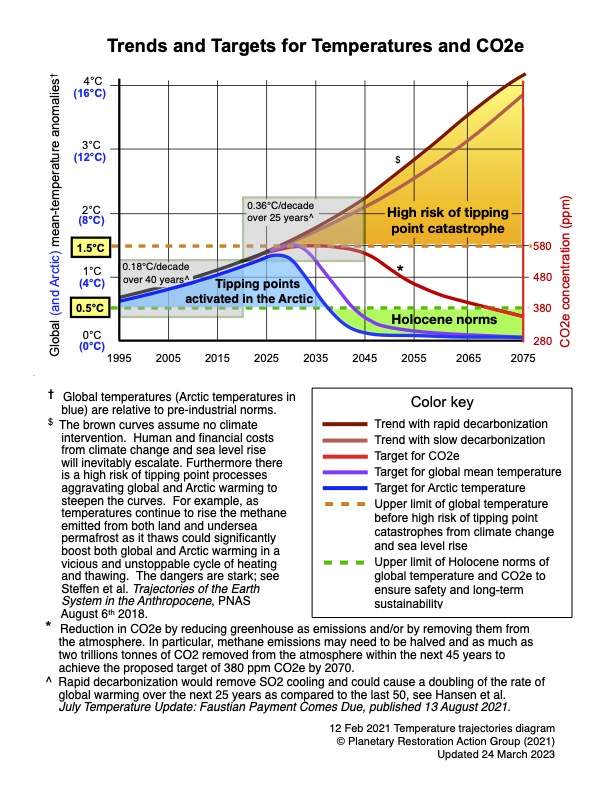
Download the US version (PDF)
Download the UK version (PDF)
________________
________________
Temperature Trends and Targets in context with James Hansen’s Equilibrium Temperature aka “Global warming in the pipeline“
Posted in Uncategorized
Leave a comment
Don’t Rule out Enhanced Oil Recovery in Carbon Dioxide Policymaking
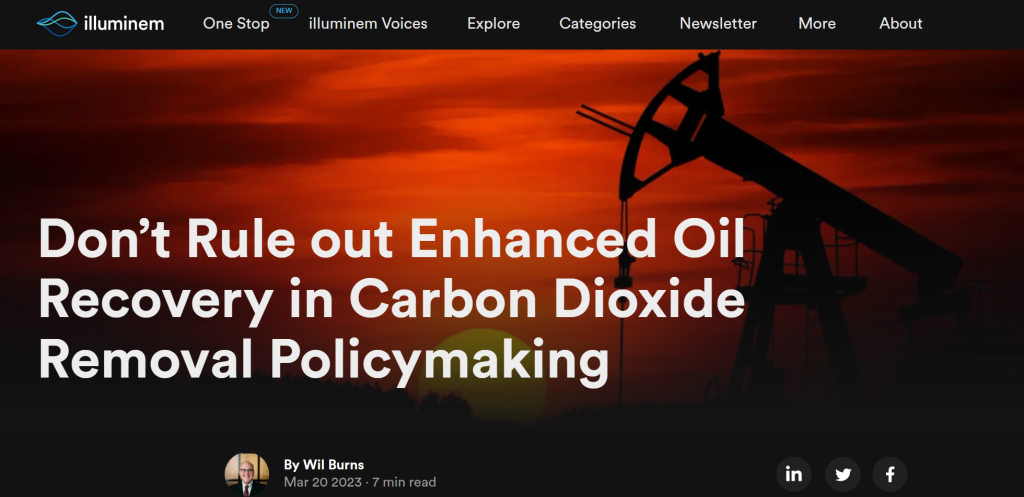
Read the article below, following my commentary
My response to the google group discussion where the article was posted:
Polluters Pay for “Final Expenses” and Carbon Dioxide Removal Using Enhanced Oil Recovery CO2 Injection
I have a contrarian view that requires only two indisputable numbers to fulfill economic fairness for oil companies and the general public. “What you see is what you get”, “no blame, no shame” and “social responsibility” are three simple bases underlying the free enterprise concept to let oil companies utilize EOR (Enhanced Oil Recovery) to sequester carbon while producing as much oil & gas as is needed as Global Society winds down fossil fuels in a “smooth landing” to zero fossil fuel production—near- zero dependence.
The oil & gas industry have joined civil society and environmental & lobbying organizations in support for “a carbon tax” or “a fee and dividend” scheme focused at the wellhead—or at the point of entry in the case of international imports. Give them their “cake and eat it too.”
We the people—individual consumers, business and the economy—will benefit from more efficiency and social justice than is offered by the alternatives.
The mechanism that I have been advocating (so far to a deaf audience) is simple: No complex set of assumptions, no slight-of-hand calculations, no differential equations, no questionable economics, no vilification or jail time for CEOs, Officers, Board members and Executives, and lower economic fall-out to the consumer than from a speculative contrived government program involving tax incentives.
But … CEOs, Officers, Board members and Executives would no longer enjoy bonuses, stock options, stock buy-backs, deferred compensation or inflated salaries; annual dividends to shareholders would end; tax credits and other subsidies would no longer be handed out; shirking financial responsibility through bankruptcy or by selling marginal leases and assets to less stable or insoluble companies would be prohibited; corporations would be required to fund the shutting-in, dismantling, toxic clean-up and landscape restoration of retired refineries, abandoned derelict pipelines and all production facilities.
Those costs have heretofore been ignored. Now is the time to “bite the bullet” and recognize that there is no getting around paying to clean up the fossil fuel mess! From oil wells to refineries and every piece of infrastructure in between, the “final expenses” to lay them to rest and wipe them off the face of the globe, will have a cost all consumers will have to bear in the “price at the pump.” There is no getting around our system’s demand that We the People will “pay the piper.” The system demands that a viable enterprise make a profit or go out of business. Oil & gas must stay in business until the very last refinery is shuttered. Hence, the price at the pump will necessarily be set to give marginally break-even Profit and Loss—no more and no less.
The concept I have in mind is one that would add 50¢ to $1.00 per gallon of gasoline or other liquid fuels to cover the actual expenses to capture and sequester double the amount of CO2 and CH4 associated with wellhead oil and methane extraction plus the actual volume of recycled CO2 associated with EOR production. The cost would be determined by actual expenses of industrial operations to capture and dispose the GHGs—not an arbitrary negotiated “rising fee” embedded in comprised legislation.
In this way, the oil & gas industry would “pay to pollute” by removing all current, future and post legacy emissions over the declining economic life of reserves.
Experience, high tech systems and human skills will be continuously needed to determine optimally which wells, which fields, which pipelines, and which of the 750 refineries worldwide will be shut down in the most effective order, and the logistics of reallocating of crude oil sources to appropriate refineries that are designed to process the range of oil quality (API gravity, viscosity and sulfur content).
Such logistics will require the best and brightest engineers, corporate planners, mathematicians and research staff. Those folks will be assured continued employment, winding down rather than expanding the industry. The present Upper Management will lose their lucrative positions to folks who have demonstrated, proven excellence in project management, reporting to an international council to facilitate coordinated logistical controls.
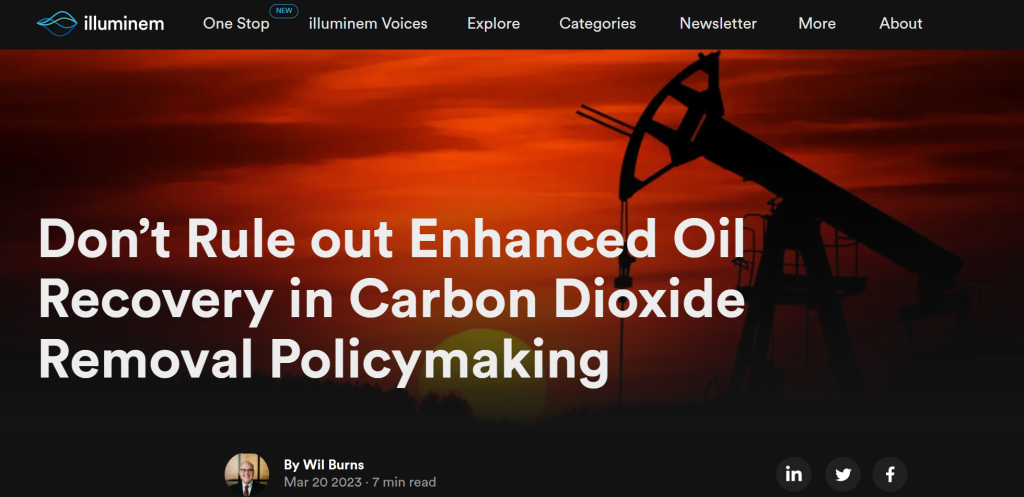
Don’t Rule out Enhanced Oil Recovery in Carbon Dioxide Policymaking
By Wil Burns | Mar 20 2023 | Removal Policymaking
https://illuminem.com/illuminemvoices/6168b84f-72af-4236-a3ff-36cde731d02e
The Intergovernmental Panel on Climate Change (IPCC) has emphasized that meeting the Paris Agreement’s temperature objectives will require both highly aggressive measures to decarbonize the global economy as well as large-scale initiatives to remove carbon dioxide from the atmosphere. In 2018, the IPCC concluded that “all pathways that limit global warming to 1.5°C with limited or no overshoot project the use of carbon dioxide removal (CDR) on the order of 100–1000 GtCO2 over the 21st century.” In some scenarios that limit global warming to 1.5°C, half of current carbon emissions have to be removed annually in the second half of the 21st century. Moreover, in its Sixth Assessment Report, the IPCC declared that deployment of carbon dioxide removal approaches is “unavoidable” if the net-zero objectives of the Paris Agreement are to be realized.
In the 2021 Infrastructure Investment and Jobs Act, the U.S. Congress allocated $3.5 billion for the development of four “regional direct air capture hubs.” Direct air capture facilities can extract carbon dioxide from ambient air, with the CO2 subsequently stored in deep geological formations, or converted for use.
Currently, there are only 18 direct air facilities operating globally, sequestering approximately 10,000 tons of CO2. However, the International Energy Agency has projected that we may need almost a billion tons of carbon removal from such facilities by 2050 to keep us on track to meet the objectives of the Paris Agreement. Many believe that U.S. investments in direct air capture hubs can help scale up the industry by helping to bring down the currently imposing costs of such facilities by fostering economies of scale and learning by doing, much as policy measures helped to drive down the cost of solar energy. Government support of this nature can also drive the infusion of capital into the construction of critical transport infrastructure for both carbon capture projects.
In January, the U.S. Department of Energy issued a Funding Opportunity Announcement for the hubs. The Announcement detailed that direct air capture hubs could be developed for both geological storage of carbon dioxide, as well as “utilization,” which could include “storage in conjunction with hydrocarbon extraction,” a form of an operation known as “enhanced oil recovery (EOR).” CO2 EOR entails the injection of carbon dioxide into an oil reservoir that is 80-90% depleted to displace the oil with a density of less than 900 kg/m3 from the rock pores, pushing it toward production wells. It can increase the production from oil reservoirs by 5-20% over and above primary production (driven by the natural pressure of a reservoir) and tertiary recovery (water injection) methods. Approximately a third of injected CO2 in the EOR process is geologically stored, with the remainder produced with oil, recaptured, and reinjected until all of the CO2 is ultimately sequestered.
CO-based EOR operations began in West Texas in the early 70s and now account for approximately four percent of U.S. oil production. While North American operations predominated historically, 60% of such operations are now based in other countries.
85% of the CO2 used in EOR operations is derived from natural sources, primarily a few large terrestrial reservoirs. However, the consensus is that such operations can only scale up further if supplemented by anthropogenic sources, most notably from carbon capture with storage or carbon dioxide removal options. In turn, many proponents of EOR argue that it can play a critical role in scaling up both carbon capture with storage (CCS) and carbon dioxide removal operations by providing a critical source of revenue to incentivize such operations, driving down costs by economies of scale, and helping to foster development critical infrastructure, such as pipelines to help effectuate sequestration at the gigaton level. Historically, CO2-EOR has, by far, used more captured CO2 than any other industrial process, and is the only commercially established carbon utilization option that provides large-scale permanent storage for captured CO2.
However, a number of commentators have expressed consternation about the prospects of a role for enhanced oil recovery in the nascent carbon dioxide removal industry. For example, the non-governmental organization, Carbon180, has argued that EOR could “prolong … a reliance on fossil fuels,” while the Energy Justice Network has contended that the process can increase carbon dioxide emissions by combustion of “oil that would otherwise be left in the ground.”
However, I think these positions are misguided and potentially unfortunate in terms of global climate goals. Carbon180’s argument is premised on assumption that without EOR, fossil fuel use would be phased out more quickly. Yet the reality is that IPCC modeling projects that the globe will still be using substantial amounts of fossil fuels in the middle of this century, even under 1.5°C scenarios due to constraints in decarbonizing many sectors dependent on such resources. Moreover, meeting this demand will not be contingent on EOR, as there are currently 50 years’ worth of proven petroleum reserves at current levels of consumption.
Also, while perhaps counterintuitive, EOR is likely to actually result in a net decrease in carbon dioxide emissions under most circumstances. Each ton of carbon dioxide injected into a well in the EOR process can yield 2-3 barrels of oil production, and 1.2 tons of carbon dioxide when this oil is burned. However, the International Energy Agency (IEA) has estimated that 80% of each barrel that is produced through the EOR process displaces other oil production.
After taking into account all emissions associated with the process, including energy use in the EOR process and emissions associated with combusting the oil, the IEA estimates that each ton of CO2 injected in the EOR process results in CO2 abatement of 0.63-0.79 tons. Drawing upon the IEA’s lifecycle analysis, the Clean Air Task Force concluded that “a barrel of EOR oil represents 37 percent less CO2 than conventional oil.” Another recent study concluded that EOR could ultimately achieve somewhere between 4.5-8% of the reduction in carbon dioxide emissions necessary to meet the Paris Agreement’s objectives. However, these numbers must be qualified by the carbon intensity of oil supplies that EOR operations displace. For example, oil production in Venezuela has approximately twice the carbon emissions on average than U.S. operations, while emissions are about 50% higher in Iranian production. Overall, CO2 EOR generates an emissions reduction benefit even when displacing low-intensity oil. Moreover, the benefits of EOR operations can be even higher in cases where it results in the displacement of unconventional sources of oil, which can have a carbon dioxide intensity of 108-173% of conventional oil.
Additionally, because EOR operations increase the quantity of carbon dioxide that dissolves in aquifer stores, it would facilitate more secure storage than standard geological storage with top seal mudrocks.
Of course, the recent increase of federal tax credits for sequestration of carbon dioxide via direct air capture to $180/ton from its previous level of $50/ton may privilege storage of carbon dioxide overuse in many projects, including those that might contemplate selling carbon dioxide for EOR purposes. However, since tax credits for the use of carbon dioxide were also recently ratcheted up from $30 to $130/ton, there may still be developers that deem this the more financially propitious course from a financial perspective. For example, revenue associated with EOR appears to be part of the business model for the companies currently developing what is slated to be the world’s largest DAC facility, DAC-1 in Texas’s Permian basin. Thus, we should not be discouraging this path given both the potential climatic benefits of EOR, as well as the need to drive down direct air capture’s costs if it’s to play a substantial role in combating climate change.
However, at the same time, we should seek to ensure that EOR operations are conducted with integrity, and in a manner that maximizes the achievement of climate policy goals. Oil companies have sought to game the system and avoid strict verification of the amount of carbon dioxide they claim to be storing through EOR operations. In the context of federal support for direct air capture hubs, reporting requirements for any project that includes EOR should be extremely stringent. Moreover, government incentives and regulatory mechanisms should be designed to encourage those engaged in EOR operations to utilize and bury as much CO2 as possible.Finally, all EOR projects reach a point where operating costs are greater than waning revenue streams from fossil fuel sales. At that juncture, there is no economic motivation for operators to continue to pursue oil production. However, it would be salutary to provide incentives to maintain the viability of such sites as CO2-only storage facilities given lower unit costs compared to constructing CO2 storage facilities from scratch. Government incentives in the form of tax credits might help to drive down storage costs for the nascent carbon removal industry, accelerating its development.
EOR is assuredly a counterintuitive strategy for combating climate change. However, the optics of this approach should not keep society from considering the potentially salutary role that it can play, including in helping to scale up the carbon removal industry.
illuminem Voices is a democratic space presenting the thoughts and opinions of leading Sustainability & Energy writers, their opinions do not necessarily represent those of illuminem.
Cover photo by Zbynek Burival on Unsplash
###
A Metaphor for the Predicament We Are In
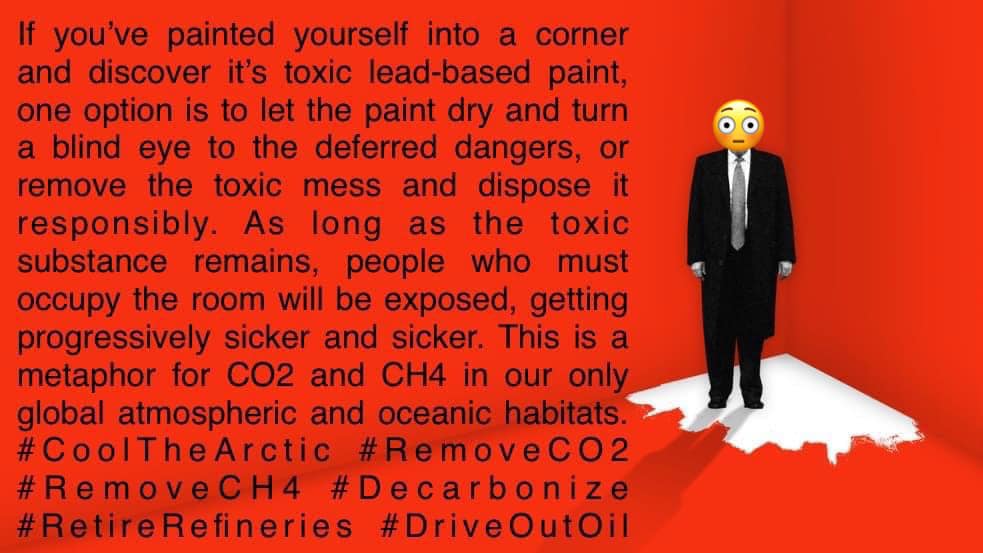
🙄
If you’ve painted yourself into a corner and discover it’s toxic lead-based paint, one option is to let the paint dry and turn a blind eye to the deferred dangers—or remove the toxic mess and dispose it responsibly.
As long as the toxic substance remains, people who must occupy the room will be exposed, getting progressively sicker and sicker.
This is a metaphor for CO2 and CH4 in our only global atmospheric and oceanic habitats.
#CoolTheArctic #RemoveCO2 #RemoveCH4
#Decarbonize #RetireRefineries #DriveOutOil
🧐 🧐 🧐

😳
What the advisers don’t understand is that we’ve painted ourselves into a corner. They can only think to paint—at an arm’s reach—layers of different colors, but the answer is to un-paint the entire floor to reveal the exposed dry floor boards.
But the oxygen in the room is declining! To buy time to un-paint it we need an oxygen tank to keep us from perishing while we un-paint the floor in order to open the door for fresh air, precious oxygen.
#CoolTheArctic #RemoveCO2 #RemoveCH4 #Decarbonize #RetireRefineries #DriveOutOil
Posted in Uncategorized
Leave a comment
Book review: Greta Thunberg tells it like it is in “The Climate Book”
The 20-year-old climate activist has put together a reading list for determined citizens willing to mobilize for a just and sustainable future.
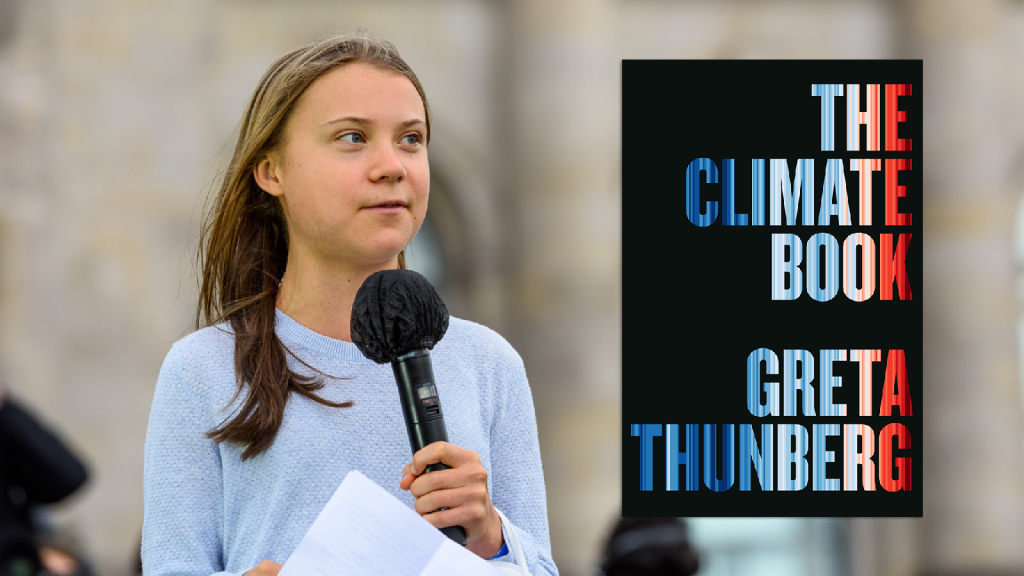
(Photo credit: Stefan Müller / CC BY 2.0)
Link to Yale Climate Connections article
by MICHAEL SVOBODA | FEBRUARY 21, 2023
When I first heard about the climate book project being edited by Greta Thunberg, the Swedish “Fridays for the Future” climate striker, I was skeptical. Having curated Yale Climate Connections’ monthly bookshelf collection since early 2015, I was acquainted with over 1,000 books and reports that address climate change in some way, including dozens of guides, handbooks, introductions, and primers. Did we really need another overview on climate change?
Yes, I can say after reading “The Climate Book.” Yes, we do. It’s the most ambitious, wide-ranging, and hard-hitting collection I have ever encountered. And it’s all inspired by the young woman who so publicly dared to speak truth to power at Davos and the U.N. on climate change.
One hundred authors contributed 90 short pieces (of one to nine pages) to “The Climate Book.” Included in that number are scientists who endured decades on the front lines of climate science and policy (Drew Shindell, Michael Oppenheimer); the authors of the first popular books on climate change (Bill McKibben, Elizabeth Kolbert, Eugen Linden, Michael Mann, George Monbiot); one of the most widely read authors of climate fiction (Margaret Atwood); the historian of science who first established the scientific consensus on climate change (Naomi Oreskes); biologists (Ayana Elizabeth Johnson, Robin Wall Kimmerer, Wanjira Mathai), economists (Thomas Piketty, Kate Raworth, Nicholas Stern); and social scientists (Erica Chenoweth, Naomi Klein).
This impressive roster is a tribute to the 101st contributor to “The Climate Book,” the 20-year-old Thunberg, whose 18 short essays introduce the volume, mark the subsections, highlight the important takeaways, and call readers to action. It’s hard to imagine another figure, of any age, who could inspire such a grand collective effort.
As atmospheric scientist Michael Oppenheimer explained in a phone call with Yale Climate Connections: “Let me put it this way: I get asked to write a lot of stuff. And 90% of it I turn down. This thing I thought was worth doing … because I thought it would have an impact.”
The organization and themes of the book
“The Climate Book” is divided into five parts: “How Climate Works,” “How Our Planet Is Changing,” How It Affects Us,” “What We’ve Done About It,” and “What We Must Do Now.” But the book seems animated by one governing goal: to recruit and (re)educate dedicated climate activists. And all of us, Thunberg makes clear, have much to learn — and unlearn: “How can we undo our failures if we are unable to admit that we have failed?”
One significant take-away from “The Climate Book” is that the official accounting for climate change is deceptive. By agreements now 30 years out of date, emissions from air travel and shipping are not included in the tallying of a nation’s annual carbon pollution. Further, carbon pollution associated with goods and products is attributed to the country where they’re made rather than, more logically and fairly, where they’re consumed. Worse still, emissions from biomass are not counted because the same agreements presume that only unusable wood wastes are burned; in practice, however, healthy American forests are clear-cut to make the wood pellets for these power plants.
When these loopholes are corrected in the annual carbon accounting of a country like Sweden, for example, a widely trumpeted reduction becomes an embarrassing increase. As reported by journalist Alexandra Urisman Otto and repeated by Thunberg, Sweden’s actual annual emissions are at least three times the number it reports to the United Nations Framework Convention on Climate Change.
Another grim take-away from “The Climate Book” is the damage human-caused climate change is already inflicting on planetary ecosystems and how these damages further complicate accounting for emissions.
In her contribution, climate scientist Joelle Gergis reports that the 2019–20 wildfires in Australia released more carbon in six months than the whole country emits in a year.
In other essays, climate scientists and environmental journalists show that methane from fossil fuel operations is underestimated, that we are nearing critical tipping points for methane from permafrost and ocean hydrates, and that we may eventually see carbon sinks, like the Amazon, turn into carbon emitters.
The people who will suffer the most from these developments are the people of the Global South, those who contributed the least to the global climate crisis. The overarching need for climate justice is the third, and perhaps most important, take-away of “The Climate Book.” Two contributions in a subsection devoted to “Honesty, Solidarity, Integrity and Climate Justice” make the case for redistribution (Lucas Chancel and Thomas Piketty) and reparations (Olúfhemi O. Táíwò)
From (re)education to action
So what is to be done?
After an honest accounting of emissions and impacts, the next step, in Thunberg’s reckoning, is an honest appraisal of the solutions proposed for limiting global warming to 1.5°C.
Several essays in the fourth part of the book swiftly discredit “magic bullet” solutions like carbon capture and storage, biofuels, recycling, and geoengineering — the very sort of solutions championed by oil companies.
The only realistic solutions are already proven technologies, like wind and solar, as well as possible, if politically daunting, changes in human behavior. Several contributors advocate for radical social change. Others are more circumspect.
Citing the examples of the 2008 financial crisis and the supply-chain disruptions during the pandemic, journalist Eugene Linden, who contributed an essay based on his recent book, “Fire and Flood,” notes that “our global economy is a tightly coupled system … even minor disruptions can lead to devastating repercussions.” Thus attempts at radical social change, Linden acknowledged in an email exchange with Yale Climate Connections, could be as or more disruptive than the near or midterm impacts of climate change. By contrast, Linden applauded the radically experimental, but nonideological, way President Franklin Delano Roosevelt met the challenge of the Great Depression.
In her contribution to “The Climate Book,” political scientist Erica Chenoweth observes that a determined minority can be enough to tip a society toward change. She operationally defines “determined minority” as 25% of the population. Given that about 33% of the U.S. population already polls as “alarmed” about climate change, “determined” may be the more important variable in this calculation.
To succeed, this core group must move climate change much higher up on national and international lists of priorities. How much higher? As high as our defense budgets, Michael Oppenheimer said in his phone call with Yale Climate Connections. “In an economic dislocation, like the financial crisis, our military preparedness doesn’t shut down. That’s what climate change has to get to.” Spending on climate mitigation and adaptation must be regarded as essential, regardless of the current circumstances, which is how the U.S. treats defense spending.
For a determined minority to achieve this goal, the media must report on climate change with the same gravity it brings to discussions of defense and national security. In his contribution to “The Climate Book,” journalist George Monbiot excoriates “the media [as] the engine of persuasion that allows our Earth-destroying system to persist.” To undo this damage, the media must change the narrative and force governments to act on the problem it previously helped them ignore.
Thunberg encourages her readers, whom she invites to join with her in pushing hard for social justice and environmental sustainability, to wrestle with these issues themselves.
“You must take it from here and carry on connecting the dots yourself because, right there, between the lines, you will find the answers — the solutions that need to be shared with the rest of humanity. And when the time comes for you to share them, I would give you just one piece of advice. Simply tell it like it is.”
The many climate books in “The Climate Book”
In this review of “The Climate Book,” I have directly referenced just 21 of its 90 short essays, even with all the authors identified in the third paragraph. Behind most of these original contributions is a full book, several of which have been included in bookshelves that have appeared in Yale Climate Connections since the start of its run in 2015. Several more will appear in upcoming bookshelves. In short, “The Climate Book” is a sampler. Within its 440 pages, one can engage briefly with 100 different minds that have thought deeply about climate change from as many different angles. Readers can then decide which author they want to follow up with for an extended conversation.
The one extended conversation readers can have in the pages of “The Climate Book” is with Thunberg. In the 36 pages interspersed throughout her book, readers will feel her frustration with the inaction and obfuscations of world leaders, her passion for social justice, and her affection for the wild creatures and places on the planet. Readers will likely want to get to know this person better. Fortunately, there are other books for that, too.
______________________
Michael Svoboda, Ph.D., is the Yale Climate Connections books editor. He is a professor in the University Writing Program at The George Washington University in Washington, D.C., where he has taught since 2005. Before completing his interdisciplinary Ph.D. at Penn State in 2002, Michael was the majority owner and senior manager of Svoboda’s Books, an independent bookstore that served Penn State’s University Park campus from 1983 to 2000.
While operating the bookstore, Michael periodically served as a community columnist and book reviewer for The Centre Daily Times, and he also produced and hosted Libri, The Radio Book Revue, a weekly one-hour book program, for WPSU, the NPR affiliate owned and operated by Penn State.
Over the six-years of the program, he interviewed some 200 authors, including numerous leading nature/environment writers. An avid consumer of climate change-related reports, articles, and literature, Michael has published articles, book reviews, and review essays on ancient rhetoric and on philosophy, rhetoric and composition, and environmental communication. He is currently writing a book on Climate Change in American Popular Culture for Routledge.

Posted in Uncategorized
1 Comment
“It’s Dangerous, But Let’s Still Research It: Dr. Michael Mann on ‘Solar Geoengineering'”
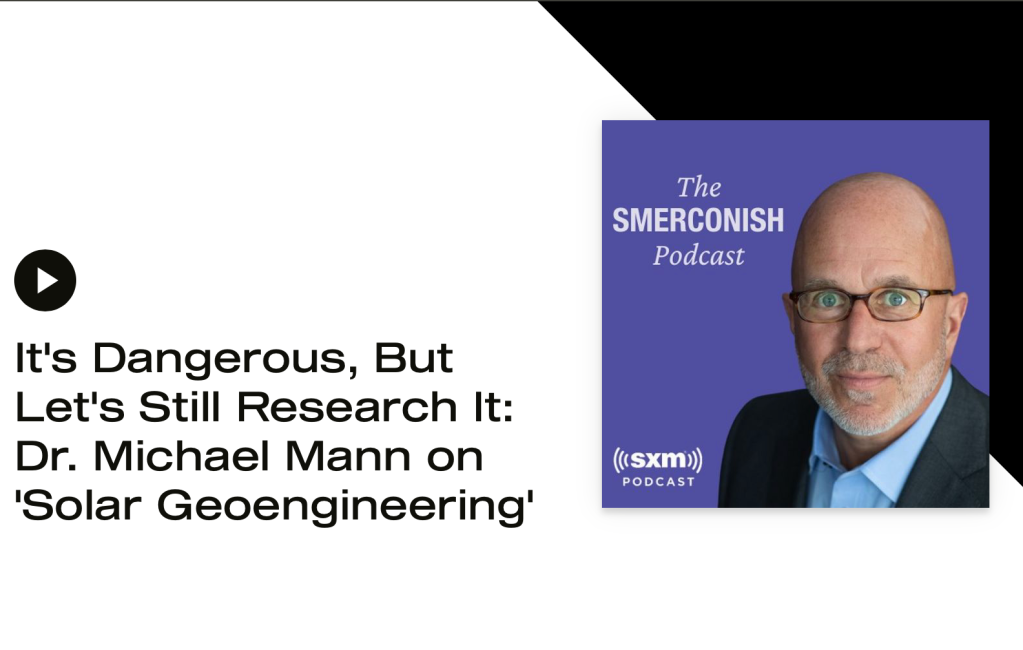
‘POTUS’ Podcaster Smerconish’s interview with Dr. Michael E. Mann
FEBRUARY 15TH, 2023 | 20:45 | E412
EPISODE SUMMARY
‘Solar Geoengineering‘ has been brought up recently as a solution to combat climate change. But, what is it, and are its potential rewards worth the risks? Michael gets expertise from leading climate scientist Dr. Michael Mann, Presidential Distinguished Professor and Director, Penn Center for Science, Sustainability & the Media in the Department of Earth & Environmental Science at the University of Pennsylvania. Original air date 15 February 2023.
Transcript
Announcer: Here’s Michael Smerconish.
Smerconish: I had wanted to include a poll question on solar geoengineering in today’s newsletter, but then I thought no one would know what I was talking about—I don’t know what I am talking about.
I read something at CNN that caused me to extend an invitation to a special guest to return to us. Michael Mann will be with us in just a sec, but let me share with you the first three paragraphs of that which I read that will frame this conversation:
“When US start-up Make Sunsets released two weather balloons into the skies above Mexico’s Baja, California peninsula last year, it kicked up a fierce debate about one of the world’s most controversial climate solutions. The plan was for balloons filled with helium and a small amount of sulfur dioxide to float high into the stratosphere. There they would burst, dispersing their load of sun-reflecting sulfur dioxide particles, and cool the earth just a tiny bit.
“Some dismissed it as a stunt. It’s not clear if any particles were actually released, or even if the balloons made it into the stratosphere. But Make Sunsets’ experiment is significant for crossing the threshold when it comes to a hotly debated climate solution.
“Solar geoengineering to its supporter, solar geoengineering is a fix we cannot ignore. As the world hurdles toward climate disaster for critics, it’s a technology so dangerous, we shouldn’t even research it.
Dr. Michael Mann is the Presidential Distinguished Professor and Director of the Penn Center for Science Sustainability and the Media at the University of Pennsylvania. He’s the co-founder of RealClimate.org. He’s the author of more than 200 peer reviewed and edited publications, numerous co-ops and commentaries, and five books including Dire Predictions, The Hockey Stick and The Climate Wars, The Madhouse Effect, The Tantrum That Saved the World, and The New Climate War.
This is Dr. Michael Man.
Dr. Mann, thanks so much for coming back to the program.
So into which of those camps or categories do you fall on the subject of solar geoengineering?
Mann: Yeah, thanks, uh, Michael, it’s great to be back with you. And, um, I, I, I’ll give you sort of a hint as to where I stand in, uh, the Madhouse Effect, uh, uh, my book with, uh, Tom Toles Washington Post cartoonist. We had a chapter on geoengineering that was, uh, titled “Geoengineering or What Could Possibly Go Wrong?” <laugh>. Right, you know, it, it really does evoke the principle of unintended consequences.
Now, of the two positions you cited, um, I would say it’s overly extreme to say we shouldn’t research it at all, because in fact, some of the research that’s, uh, been done, and we need to make a distinction here between, um, you know, theoretical research using numerical climate models and actual field experiments where people might be trying to implement these schemes.
I think the latter is quite dangerous. But I think the former, uh, using climate models to investigate the possible consequences actually is critical, because if anything, those sorts of experiments, um, climate modelers who have looked at the potential consequences, uh, indeed that that work has demonstrated, uh, some real, uh, potential unintended consequences. If anything, it’s a reason for greater apprehension, uh, uh, about some of these more elaborate schemes.
And when we talk about geoengineering, there’s a range of sort of geoengineering interventions. Some involve, for example, carbon capture—that’s really relatively safe. It’s trying to get the genie back into the bottle. So it’s hard to do, but it’s trying to solve the problem at its source.
Whereas, say, solar geoengineering, we’re starting to tinker with sort of aspects of the climate system that we’ve never tinkered with before. We’re changing atmospheric chemistry. We’re not directly dealing with the problem at its source, which is the carbon pollution and increased greenhouse effect. What we’re doing is trying to cover that up by essentially dimming the sun.
And what the model experiments show is if you do that, you don’t actually get back the climate that you started with. You might be able to prevent the average temperature of the planet from increasing. But the patterns, the pattern of greenhouse warming and the pattern of the geoengineering _induced cooling,_ they don’t look the same. They’re not mirror opposites. And so when you put one on top of the other, some regions could actually warm even faster. Greenland could warm faster. We could induce melt of the Greenland ice sheet even sooner at the expense of, say, cooling some other region elsewhere on the planet.
So we really do have to be very careful as we sort of move headlong into the consideration of implementation of these schemes. The modeling work, if anything, um, has been, uh, has really given us a reason, a reason for greater caution.
Smerconish: In a broad sense. Are we talking about whether we should impact or control the weather?
Mann: Yeah, it’s, you know, I would say it’s even deeper than that. There’s a hubris <laugh> that comes with the idea that we can control the weather, um, in, in the sense that we are tinkering with a system we don’t understand, uh, completely. You could argue that that’s the, that’s the, the, the fundamental problem in the first place.
We’re tinkering with the earth system by increasing the concentration of carbon dioxide from fossil fuel burning faster than we’ve ever seen in in Earth’s history, and we don’t know how it’s gonna respond. So we’re already tinkering with the, the, the system.
But geoengineering, solar, geoengineering, the idea there is, well, let’s tinker with it some more in the hope that somehow we almost magically offset, you know, the, you know, the first, uh, intervention that we engaged in. And I’ll, again, I’ll draw from the Madhouse Effect. We begin the chapter with, um, this, uh, you know, the, the lyrics to this song we all learned when we were growing up. I’m sure you remember it. I’m sure many of your listeners remember it, Michael, there was an old lady who swallowed a fly <laugh>.
Um, you know, then she swallowed the frog to, to, to deal with the fly. And in the end, it wasn’t the fly that killed her, it was the horse that she ended up swallowing as she went to larger and larger and larger creatures. Um, that’s sort of, uh, in a sense, a, um, you know, that’s a metaphor really for geoengineering.
Smerconish: Dr. Mann, what happened as it relates to this conversation at Mount Pinatubo in the Philippines in 1991?
Mann: Yeah, so there was a, a big, uh, volcanic eruption. Uh, one of the largest on record, uh, is a tropical eruption. If you have a large tropical eruption, then, uh, and it, and it’s explosive enough, then it will send particles reflective sulfur dioxide, um, in, in, in particles that we can call aerosols that form from them into the stratosphere. And, uh, it will spread out around basically the entire planet. So we get this layer up in the stratosphere, you know, 10, what, 10 miles up in the atmosphere where jets fly. Um, we get this layer of reflective sulfur dioxide particles, sulfur, sulfur aerosols that reflect some of the sun back to space. And climate modelers did a calculation.
Uh, James Hansen and NASA Goddard Institute for Space Studies back in the late 19 and the early 1990s, rather, famously did an experiment with a pretty primitive climate model where he made a prediction of the cooling that would happen from Pinatubo, and he pretty much got it right on.
Um, you know, it a, a little less than a degree Fahrenheit, uh, cooling of the planet in, in the several years that followed until those particulates sort of fall out of the atmosphere and the effect disappears. And so what we’re talking about, and we can measure the impacts, we saw that some places suffered severe droughts, uh, some places warmed, other places cooled. Um, so we changed the climate.
That was a natural experiment, um, that showed what happens when you inject this stuff into the stratosphere. What we’re talking about doing would basically be equivalent to, to, to an artificial Mount Pinatubo eruption every three years.
We would have to do this every three years to offset the warming effect of the carbon pollution we’ve already generated. Um, and again, uh, that, you know, there would be all sorts of potential unintended consequences.
It could dry out the continents by slowing down the hydrological cycle, and we would be addicted to it, right? It’s like methadone, once you start doing this as a way to offset the increasing concentration of carbon pollution in the atmosphere, you’re, you’re sort of, you’re, you’re addicted to it. You can’t stop doing it because if you do, then you will realize all of that warming that had been hidden by this series of interventions,
Smerconish: And I guess along the way, you would provide a disincentive for carbon polluters to change their ways. That’s really the big fear at the same time. True?
Mann: Yeah, that’s exactly right. Michael. This is one of my greatest concerns there. There are really two kinds of concerns. One is just about the potential impacts it would have if we do this, and that’s what we’ve been talking about here.
But then there’s sort of the moral hazard, as we call it. If we hold this out there as sort of a get outta jail free card, uh, then, you know, it’s, it becomes an excuse for continued business as usual. And indeed, it’s not a surprise to me that former, uh, CEO, uh, of ExxonMobil world’s largest, uh, publicly traded fossil fuel company, Rex Tillerson once famously said, you know, that, uh, yes, we, we, we should do something about climate change. It’s an engineering problem.
Basically, he was articulating the case for geoengineering. And it’s understandable if we can hold out this sort of techno fix, um, and say, look, we can implement this down the road. We can solve the problem down the road. It just becomes an excuse for polluters to continue to extract, um, and sell and, and ultimately burn, uh, these fossil fuels that are creating this problem in the first place.
Smerconish: Dr. Michael Mann is the presidential distinguished professor and director of the Penn Center for Science Sustainability and the media at the University of Pennsylvania.
[Advertisements and announcements]
Smerconish: Dr. Mann, I have balloons and UFOs on the brain. So as I’ve been listening to you, it made me think of air rights and airspace and the big question, who decides? So, okay, you’re making a logical argument here as to the answer to the question of what could possibly go wrong, a lot of things, but who’s to say that scientists somewhere around the globe don’t decide to take this on themselves?
Mann: Yeah, that’s exactly right. This is one of the concerns, and there are people here at Penn actually who are sort of studying, um, the governance issues, uh, behind geoengineering. If nothing else, we do need to establish some governance here because of the danger that some rogue actor, even if we sort of collectively decide, we don’t want to go down this road, what as you allude to, is to prevent some rogue actor, um, say, you know, a country like Pakistan or India that is already suffering severe consequences, uh, from the warming that they’ve experienced. What’s to prevent them from unilaterally, um, engaging in geoengineering?
And then the question becomes, who gets to set the thermostat? I can tell you, in my home, there’s just three of us, my wife, my daughter, and me, we have enough trouble deciding where, uh, we want the thermostat to set. Imagine 8-billion people competing to determine where we set the thermostat, that that is a slippery slope that we’re going down. If we, if, if we, you know, um, really start to consider engaging in geoengineering.
Smerconish: So, uh, I’m, another of my naive questions: Is anyone, uh, I’ll just express it as stupidly as I’m thinking it, making it rain now. I mean, there’s drought in different, different parts of the world brought on by climate change. Is anyone seeking to do something about it in lines with the geoengineering that you and I are discussing? I mean, in a very isolated instance, not with an eye toward reducing planetary temperature, but rather, and we gotta water the crops and we can make it happen.
Mann: Yeah, and you know, we saw this in, in the United States. We’ve seen this, um, it’s cloud seeding, uh, right. You know, there are out west, you know, farmers are suffering drought. Uh, there’s some science there that suggests that cloud seeding could work to some extent. Um, but then the question, it’s exactly the same governance question, who, if one, you know, set of farmers in, you know, one part of the west, um, starts cloud seeding to try to get as much, uh, rainfall they can out of the clouds, then that’s, you know, precipitation, that’s moisture that potentially isn’t available to other farmers who live farther down wind from them.
And so it, it, it, it’s the same sort of, it’s a microcosm, right, for, um, geoengineering because instead of talking about different farmers in different parts of the state who are fighting to determine who gets the rainfall, we’re talking about different, uh, state actors, different nations around the world competing to determine, um, you know, what sort of climate we get. And it’s not just how warm it is, it’s what sort of atmospheric circulation and ocean currents and where there’s rainfall and where there’s drought.
You know, we don’t even know the full impact that these sorts of geoengineering interventions could have, how it could change all of those regional patterns. And so again, the principle of unintended consequences really reigned supreme.
Again, back to the, the title of our geoengineering chapter. Um, you know, what could possibly go wrong? The answer is everything lots. We, we have 8-billion people dependent on the stability of our climate today.
Smerconish: I mean, what I’m taking away from you is that Mother Earth has struck a balance, and we should all be loathed to tinker with it. We’ve already tinkered with it through our carbon emissions, but to try and tinker further might exacerbate the problem.
Mann: Yeah. You may have seen the headline just the other day. Um, some scientists talking about, uh, sending basically an object to collide with the moon, to to to a break off part of the moon to generate particles that would reflect some of the sun back. Uh, so it doesn’t strike, uh, it doesn’t warm the earth as much.
Um, I mean, it’s almost, you know, uh, it, it it’s life imitating art. Uh, if you or you know, your, your listeners, some of them may have seen the movie Don’t Look up. It was really a metaphor, um, for the, the climate crisis.
And one of the sub metaphors in that film was the dangers of just that sort of, um, geoengineering where we start, we, we adopt the hubris that we can actually, um, start to play planetary engineering projects with other celestial bodies, asteroids, etc. It’s a road , a dangerous road we don’t want to go down.
Smerconish: Well, that was an excellent briefing, and I’;m really much obliged. Thank you so much for it.
Mann: Thank you, Michael. Always a pleasure to talk with you.
Posted in Uncategorized
Leave a comment
Humanity’s Urgent Moral Imperative: Returning the Planet to a Proven Safe State
Abstract – two pages – (download the PDF at Planetary Restoration Action Group (Information)
This is the concluding paragraph … download the pdf to read the entire paper.
8. Conclusions
The ultimate goal of our endeavours is planetary restoration: returning the Earth System to a healthy state for human posterity – a state which is guaranteed safe, sustainable, biodiverse and productive. Such a healthy state can only be guaranteed if it is close to pre-industrial norms. But planetary restoration will be impossible without reversing the most dangerous trends, which are apparent in the Arctic.
The problem we set ourselves was to find plausible methods for addressing the major crises emerging as a result of an accelerated Arctic meltdown. These crises could potentially manifest as abrupt and catastrophic climate change, sea level rise and multi-megaton methane release. The necessary action to quash these crises turns out to be nothing less than a refreezing of the Arctic: offsetting the heating that has resulted from lost albedo; cooling the Atlantic and Pacific water which continues to inject heat into the Arctic; restoring the sea ice whose retreat has boosted methane emissions; halting the ice mass loss from the Greenland Ice Sheet. We recommend a judicious combination of albedo enhancement, radiative cooling and physical constraint. But albedo enhancement using stratospheric and/or tropospheric aerosols turns out to be absolutely essential to provide the necessary basic cooling power if we have done our engineering assessment correctly. These techniques are commonly referred to as Solar Radiation Management (SRM).
With so much at stake, every effort has to be made to ensure a successful stabilisation of the Arctic situation. This is a huge operation which will require, for a decent chance of success: multinational collaboration; brilliant management; detailed planning; independent evaluations; multiple skills and expertise; and careful use of the resources available, since they could be a limiting factor for some techniques.
Parallel development of alternative technologies should be encouraged and parallel deployment allowed where there is no interference. For example, different MCB techniques could be applied in different areas of the ocean at the same time as SAI is deployed in the stratosphere.
However our assessment of the engineering techniques shows a wealth of expertise and ingenuity for tackling the problems. It suggests that there is a good chance of overall success if given proper backing for development and deployment, with appropriate systems for safety, monitoring and continuous evaluation.
But public opinion is heavily against SRM. Here are the predominant arguments against SRM:
• SRM is intrinsically dangerous. However, the proposed SRM methods are all based on naturally occurring processes which cool the planet’s surface without adverse side-effects. Additionally, much research has gone into identifying possible risks; and top modellers say that these risks can be circumvented or mitigated by appropriate careful application and monitoring.
• SRM is dangerous because, when stopped, the temperature will rebound – this is known as the termination problem. However, we urge that the levels of greenhouse gases in the atmosphere are reduced in parallel with the application of SRM, so that no such rebound is possible. SRM can be regarded as a stop-gap in this sense.
• SRM is morally wrong, because it allows polluters to continue polluting – it is a “get out of gaol free” card. This is the so-called “moral hazard” argument. However, reducing emissions is not going to save the Arctic, and saving the Arctic is not going to affect emissions; so that does not seem to be a valid argument.
• It would be morally wrong to rely on SRM when it is politically unacceptable, and so the world should prepare for what will happen without SRM – e.g. a metre of more of sea level rise this century. However the starting point should be what is possible from engineering considerations and what has to be avoided. If SRM is necessary to avoid passing points of no return leading to inevitable catastrophe, then this fact has to be faced by the international community. One such catastrophe would be the sudden destabilisation of major Greenland glaciers, with avalanches of kilometre-size chunks of ice leading to tsunamis and abrupt sea-level rise – complete disintegration of the Greenland Ice Sheet would produce 6-7 metres of sea level rise.
• SRM threatens biodiversity. However the opposite is true. For example refreezing the Arctic will help to preserve wildlife such as polar bears.
Although one could restrict SRM to application in the Arctic only, in order to avoid some of this criticism and acrimony, we have found that more globally applied SRM will almost certainly be necessary for refreezing the Arctic. On closer examination, global SRM could have huge benefits besides refreezing the Arctic, especially as regards sea level rise and reducing flood events.
• Countries like Bangladesh and mega-cities like Calcutta and Shanghai which lie on huge river deltas are already suffering heavily from a combination of sea level rise produced by ocean expansion and tidal surges produced by storms. Both sea level and storm intensity have risen due to global warming; global SRM would reverse these two trends.
• Over a billion people at mid and low latitude rely on meltwater from glaciers and their lives and livelihoods are threatened by glacier retreat. SRM applied at these latitudes would help to save these glaciers and prevent disastrous water shortages.
A basic requirement for planetary restoration will be SRM to reduce the global mean temperature below 0.5C, halt glacier retreat worldwide, and reduce intensity of tropical storms.
Complete planetary restoration, including a halt to sea level rise, is a realistic prospect to benefit future generations by returning the planet to a proven safe state.

